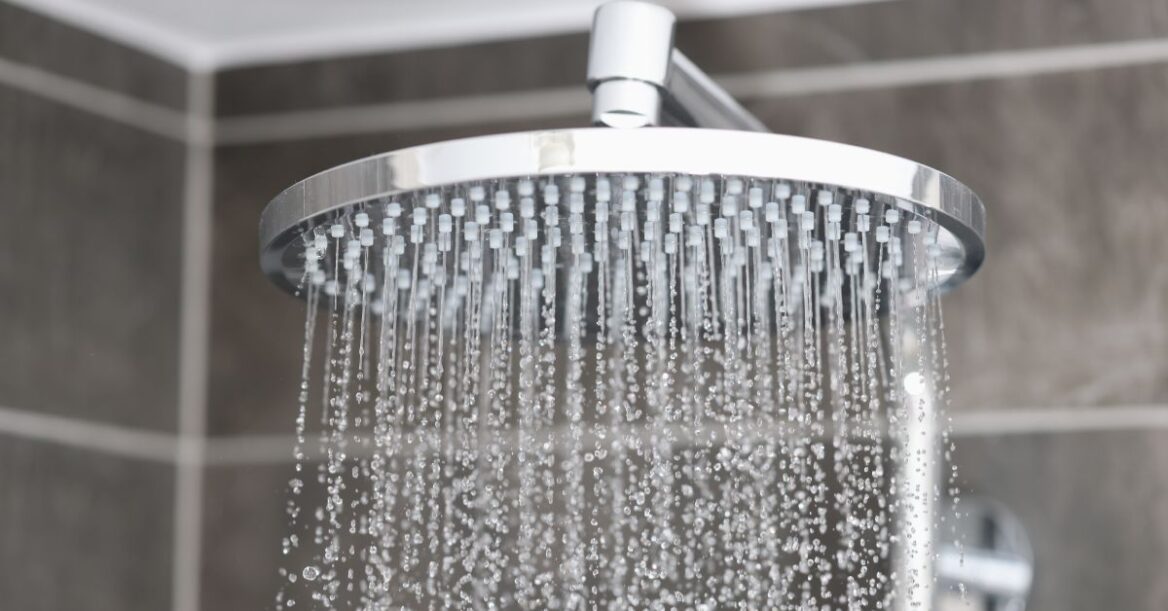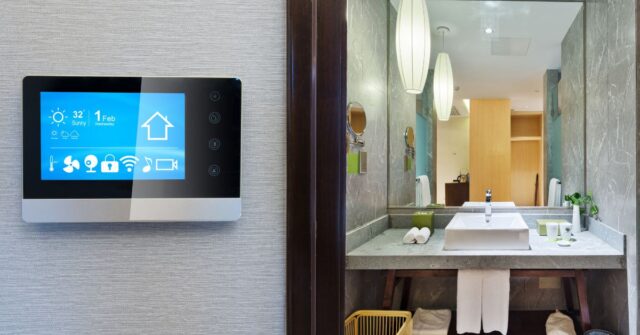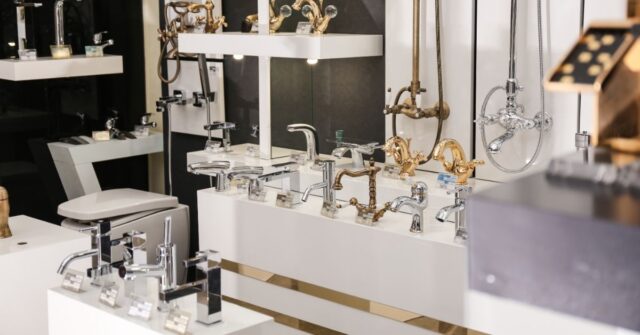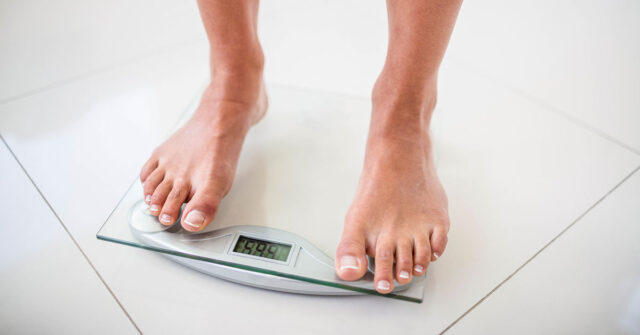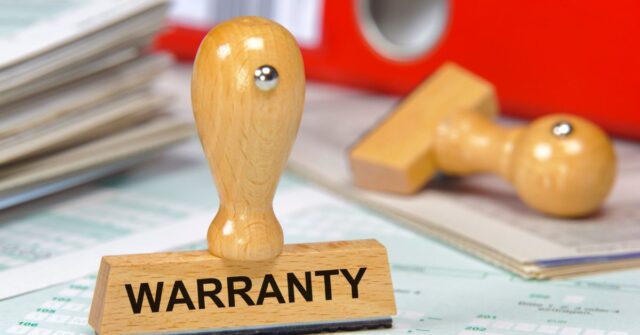In Australia, a land characterized by both its natural beauty and its vulnerability to water scarcity, the adoption of water-efficient fixtures is more than a matter of environmental concern; it’s a vital necessity.
This comprehensive guide delves into the critical importance of water-efficient fixtures in Australia, exploring their environmental, economic, and social benefits.
Understanding Australia’s Water Challenge
Australia faces unique water challenges, shaped by its climate and geographic conditions. This section explores the reasons behind Australia’s growing need for water-efficient solutions.
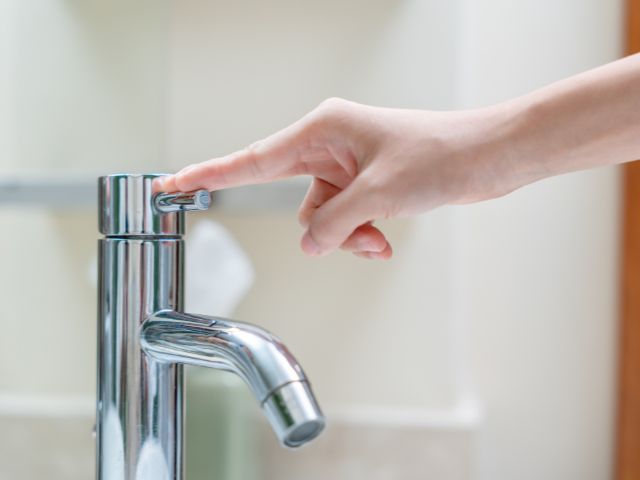
Climate and Water Scarcity in Australia
Australia’s climate, marked by frequent droughts and varying rainfall, poses a significant challenge to water availability.
The country’s water resources are under constant pressure, making efficient water use not just a choice, but a necessity for survival and sustainability.
Historical Water Usage Trends
Over the past decades, Australia’s water usage has seen significant fluctuations.
Factors such as population growth, agricultural expansion, and industrial development have all contributed to increasing water demand, highlighting the need for more sustainable practices.
The Impact of Droughts on Australian Communities
Droughts have a profound impact on Australian communities, affecting everything from agriculture to urban water supply.
The social and economic costs of these droughts underline the importance of adopting water-efficient technologies and practices.
Water-Efficient Fixtures: An Overview
This section provides an overview of water-efficient fixtures, their types, and the technology behind them, explaining how they contribute to water conservation.
What Are Water-Efficient Fixtures?
Water-efficient fixtures are designed to minimize water usage without compromising functionality. They are an essential part of sustainable living in Australia, helping to conserve water for future generations.
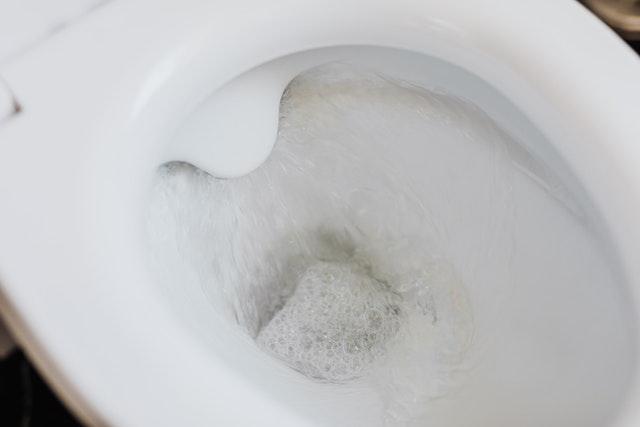
Types of Water-Efficient Fixtures
There are various types of water-efficient fixtures designed for both residential and commercial use, each playing a crucial role in reducing water consumption.
Low-Flow Toilets and Urinals
Low-flow toilets and urinals are designed to use significantly less water per flush compared to traditional models, saving thousands of litres of water annually in a typical Australian household.
Water-Saving Showerheads
Water-saving showerheads can drastically reduce water usage in showers, one of the most water-intensive activities in homes, without sacrificing the quality of the shower experience.
Efficient Tap Aerators
Tap aerators, when installed in kitchen and bathroom faucets, can cut down water flow while maintaining adequate water pressure, effectively reducing water wastage during daily tasks like washing hands or dishes.
Technology Behind Water Efficiency
The technology behind water-efficient fixtures is continuously evolving, incorporating advanced designs and materials to maximize efficiency and durability, thereby supporting Australia’s water conservation efforts.
The Environmental and Economic Benefits
Adopting water-efficient fixtures brings significant environmental and economic benefits, as detailed in this section.
Reducing Water Consumption and Wastage
By reducing water consumption and wastage, these fixtures play a crucial role in conserving Australia’s precious water resources, contributing to environmental sustainability.
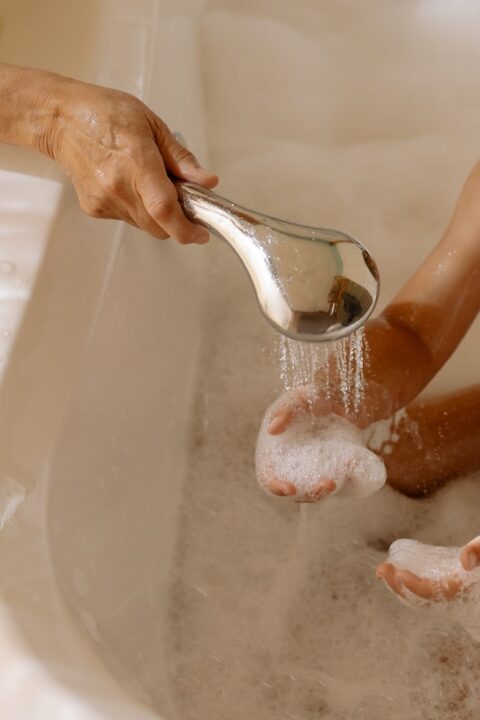
Impact on the Ecosystem and Wildlife
Conserving water helps protect Australia’s unique ecosystems and wildlife, many of which are heavily dependent on the availability of water resources.
Long-Term Economic Savings for Households
While water-efficient fixtures might have a higher initial cost, they lead to substantial long-term savings on water bills, making them a financially sound investment for Australian households.
Government Initiatives and Policies
The Australian government has implemented several initiatives and policies to promote the use of water-efficient fixtures, as discussed in this section.
National Water Efficiency Standards
Australia’s national water efficiency standards and labelling schemes, like WELS (Water Efficiency Labelling and Standards), guide consumers in choosing water-efficient products, playing a vital role in water conservation efforts.
Local Government Programs and Incentives
Various local government programs and incentives are in place to encourage the adoption of water-efficient fixtures, including rebates and subsidies for households and businesses that install these fixtures.
Case Studies: Successful Implementations in Australia
This section will present case studies from across Australia, showcasing successful implementations of water-efficient fixtures in both urban and rural settings, and demonstrating their tangible benefits.
Implementing Water-Efficient Fixtures in Homes and Businesses
Implementing water-efficient fixtures is essential for both homes and businesses. This section provides practical guidelines for their adoption.
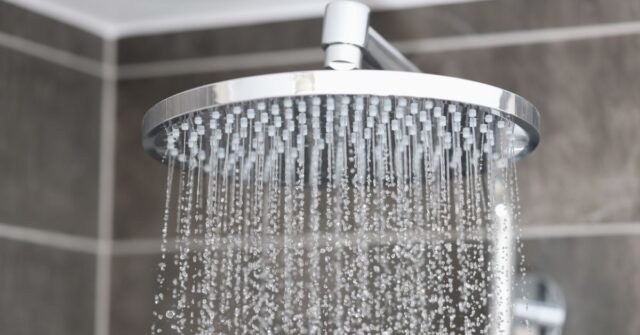
Guidelines for Homeowners
Homeowners can contribute to water conservation by choosing water-efficient fixtures and appliances, following installation guidelines, and adopting water-saving practices in daily life.
Best Practices for Businesses and Industries
Businesses and industries have a larger role to play in water conservation. Adopting best practices and efficient fixtures can lead to significant water savings, setting an example for sustainable operations.
Resources and Assistance Available
Several resources and assistance programs are available to help Australian homes and businesses transition to water-efficient fixtures.
This includes information from government agencies, non-profits, and industry associations.
Challenges and Considerations
While the benefits of water-efficient fixtures are clear, there are challenges and considerations to be aware of, which are addressed in this section.
Overcoming Initial Installation Costs
The initial cost of purchasing and installing water-efficient fixtures can be a barrier for some. However, various financing options and government incentives can help mitigate these costs.
Maintaining Efficiency Over Time
Regular maintenance is crucial to ensure that water-efficient fixtures continue to operate at optimal efficiency, thereby maximizing their water-saving potential over time.
Addressing Myths and Misconceptions
Common myths and misconceptions about water-efficient fixtures, such as compromised performance or reliability, need to be addressed to encourage wider adoption.
The Future of Water Efficiency in Australia
The future of water efficiency in Australia looks promising, with ongoing advancements in technology and increased public awareness.
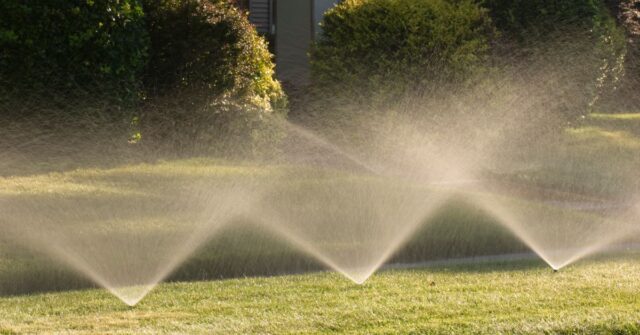
Emerging Technologies and Innovations
Innovations in water-saving technologies continue to evolve, offering new opportunities for further reducing water usage in Australian homes and businesses.
Role of Community Awareness and Education
Community awareness and education play a crucial role in promoting the adoption of water-efficient fixtures. Ongoing efforts to educate the public about the benefits of water conservation are vital.
Forecasting Australia’s Water Future
As Australia continues to face the challenges of climate change and water scarcity, the role of water-efficient fixtures becomes increasingly crucial.
Forecasting and planning for the future are essential to ensure the sustainable management of Australia’s water resources.

